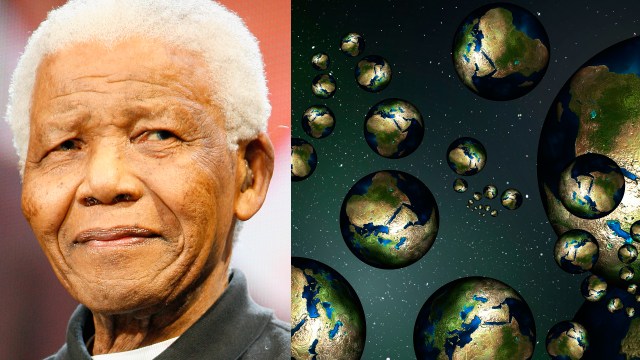When Did The First Stars Appear In The Universe?
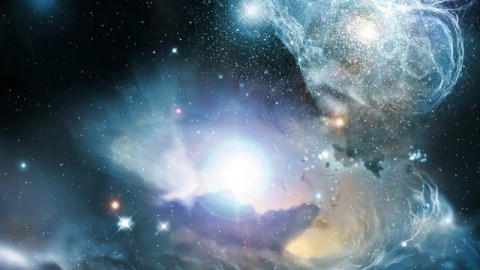
Today, our visible Universe contains 2 trillion galaxies, each with billions of stars. But when did the very first one appear?
When we look out at our Universe today, there are an estimated two trillion galaxies within it, with each one containing an average of hundreds of billions of stars. All told, that means we can see some ~1024 stars within the visible Universe, going all the way back as far as our greatest observatories, even in principle, could ever take us. As we look to greater and greater distances, we’re also looking back in time, and since the Big Bang occurred a finite amount of time ago (13.8 billion years), there’s a limit to how far back we can look and still see stars. There must have been a time before which there were no stars, and therefore, a time when the very first star appeared in the Universe. When was that? We’re closer than ever to knowing the answer.
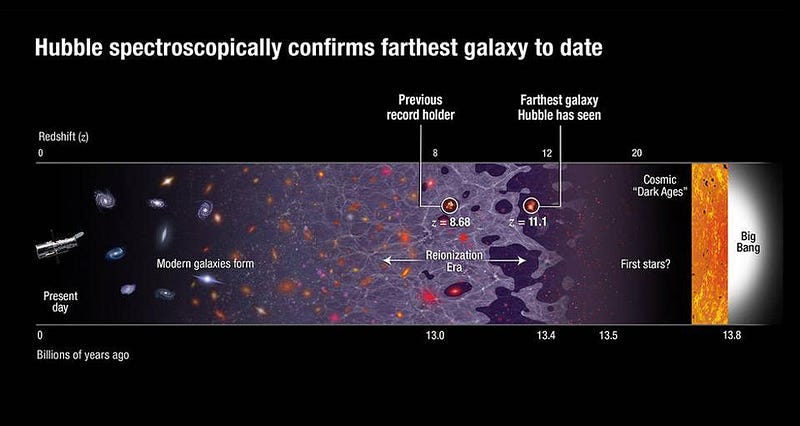
Owing to humanity’s greatest observatories, like the Hubble Space Telescope, 10-meter class behemoths on the ground, and infrared space telescopes like Herschel and Spitzer, we’ve seen farther into the Universe than at any other time. We’ve found a slew of galaxies and quasars from 12-to-13 billion years ago, with a smattering of galaxies even older than that. The current record-holder is GN-z11, a galaxy whose light comes to us from when the Universe was just 400 million years old: 3% of its current age. It’s mere serendipity that we can see this galaxy at all, and our current generation of telescopes are unlikely to find any stars or galaxies farther than that.
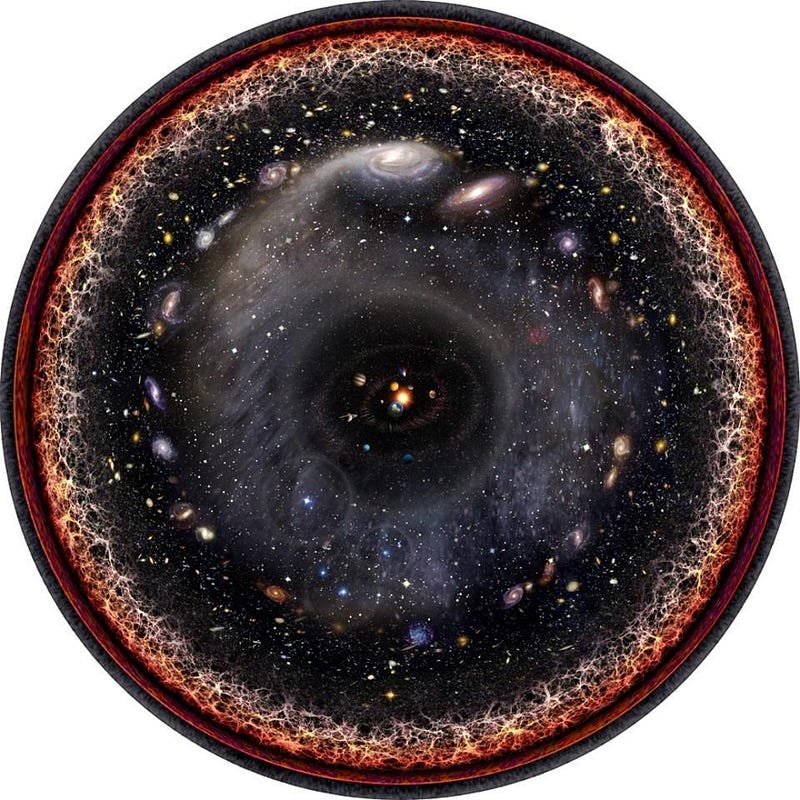
It isn’t because stars or galaxies beyond that don’t exist, but rather the properties of the Universe that exist at that time mean we can’t see the ones that do exist. Once the first 380,000 years have gone by, the Universe has cooled enough that you can stably form neutral atoms, without them immediately being ionized by the leftover radiation from the Big Bang itself. At this point, there aren’t any stars; it will take tens of millions (or maybe even 100+ million) years for gravitation to cause these ever-so-slightly overdense regions to attract enough matter to ignite nuclear fusion for the first time. When they do, however, two things work against them:
- The Universe is expanding, meaning that even the highest-energy, ultraviolet light created by the hottest stars gets redshifted: from the UV through the visible and all the way into the infrared, well past what Hubble can see.
- And the Universe, being full of neutral atoms now, blocks the light from these stars, the same way the neutral matter in our galaxy obscures the galactic center from our own eyes.
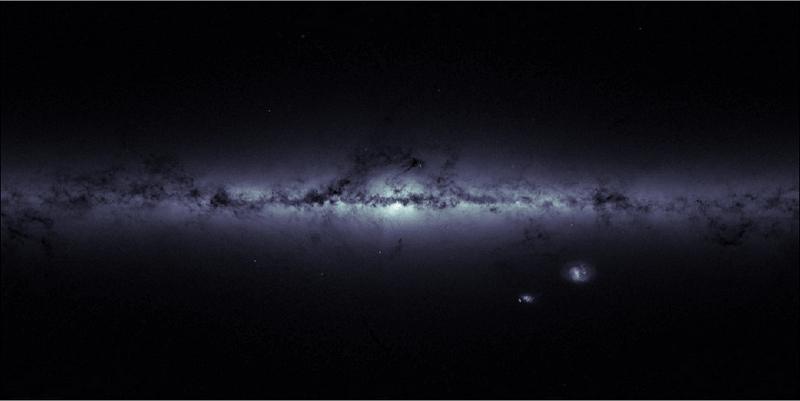
Moreover, those first stars and galaxies are different than our own. Right now, the stars that exist in the Universe are made out of approximately 70% hydrogen, 28% helium, and 1–2% “everything else,” which astronomers lazily call “metals.” If you take a look at all the stars that have ever lived, fusing hydrogen into helium and then helium into heavier elements, this is the sum total of their effects: enriching the post-Big-Bang Universe, which was 75% hydrogen, 25% helium, and 0% metals, into what we see today. This means that the first stars that formed ought to be pristine, or made of hydrogen and helium exclusively, with no metals to pollute them. The best candidate we have for this is a population of stars in the galaxy CR7, whose light has traveled over 13 billion years to reach our eyes.
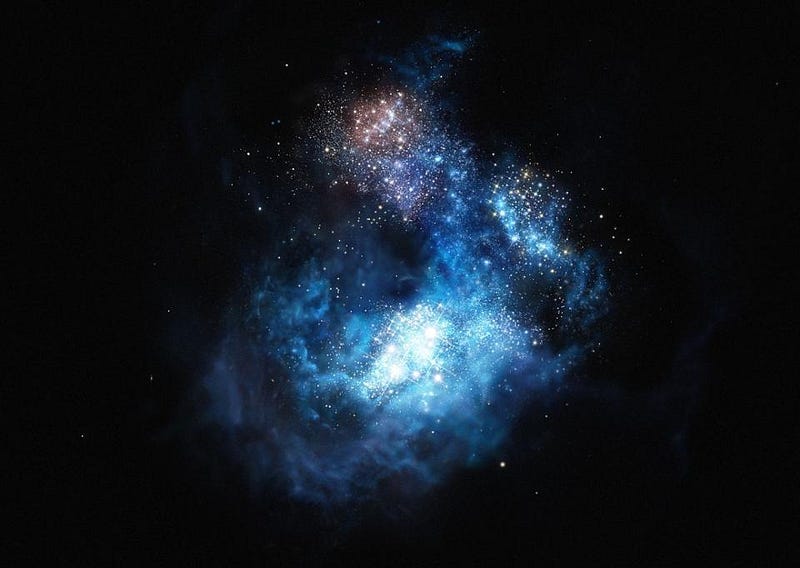
In theory, we can use what we know about structure formation to simulate exactly when the first stars ought to form. Since we know the following:
- how much denser-than-average certain regions of the Universe were when the Universe was 380,000 years old,
- what the physical laws (like gravity and electromagnetism) are that matter and radiation obey,
- how much of the Universe was made of matter, radiation, dark matter, and neutrinos at that time,
- and how cooling, contraction, and collapse work in an expanding Universe,
we can run a simulation of when the conditions in the Universe first exist to give rise to the ignition of nuclear fusion, and hence, the first stars.
With our current set of observatories, we cannot see these stars, since the neutral matter surrounding them blocks far too much of the emitted light. Until the Universe is reionized, meaning that there are enough hot, UV-emitting stars to turn those neutral atoms into an ionized plasma, that ultraviolet-and-visible light can’t get through. On average, the Universe doesn’t become reionized until it’s 500–550 million years old; it’s only through dumb luck that the ancient galaxy GN-z11 happened to be located in a region of space that happened to get reionized early along our line-of-sight.
In general, what you need to do is look in the infrared portion of the rest frame of the light, since neutral atoms are way less effective at blocking that.
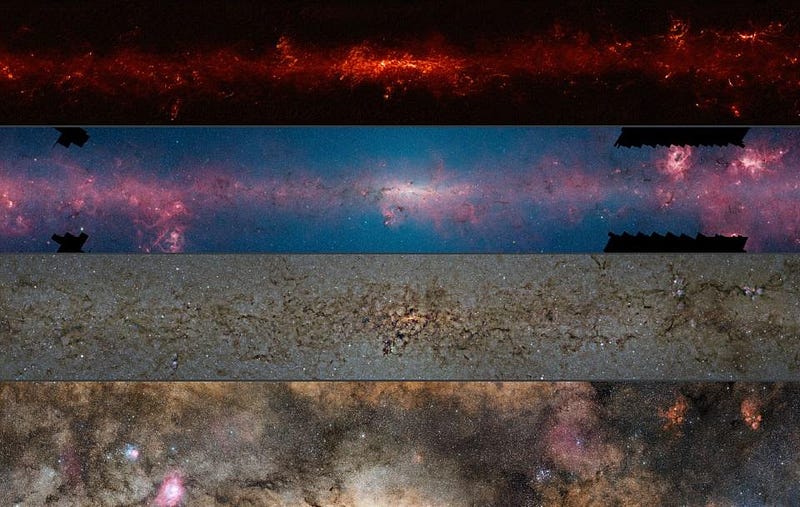
We can see this by looking at our own galaxy, which might be opaque to visible and UV light, but is transparent at longer and longer wavelengths. This is why the James Webb Space Telescope will represent such a tremendous advance. Yes, it will be bigger than Hubble; yes, it will have more advanced instrumentation. But the big leap forward will be that it’s designed to see much longer wavelengths, all the way out into the mid-infrared, some 20 times as long as the longest wavelength Hubble can see. In theory, it should be able to see light from galaxies and star clusters as far back as when the Universe was somewhere between 150–250 million years old.
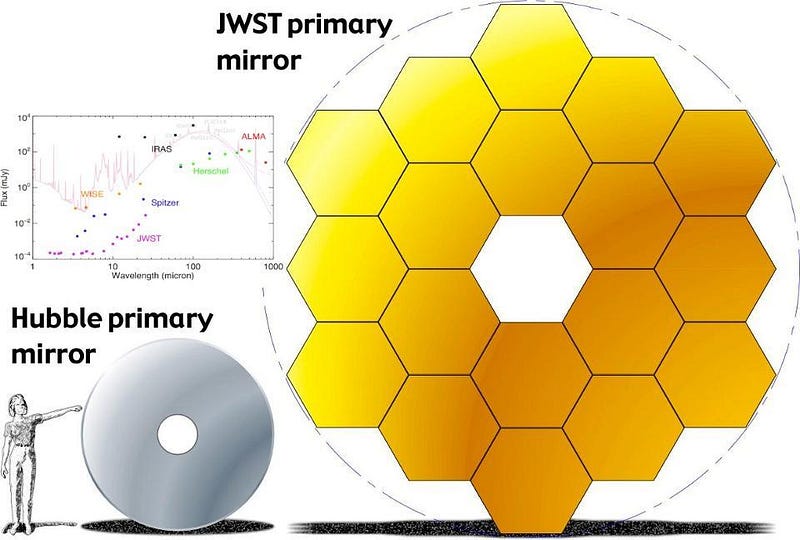
We have a whole slew of theoretical information available that points to an answer about the timeline of the Universe:
- by 550 million years of age, 100% of the Universe is reionized,
- at 400 million years old, our current (Hubble-based) record-holder for most distant galaxy exists,
- by ~200 million years of age, we should form the first substantial galaxies,
- right around the limit of what the James Webb Space Telescope will be able to see,
- and the very first stars of all ought to form when the Universe was 50–100 million years old.
But there’s more science to be done. Even with James Webb, we likely won’t get all the way to the very first star of all, but we’re very likely to gain a much better handle on exactly where they are and when they are. And as for the first pristine stars? The first stars verified to have nothing other than hydrogen and helium in them? If nature is kind to us, James Webb won’t only bring us the very first one of those, but will bring us many examples.
The Universe is out there, waiting for us to discover it. If we want to know the answer, all we need to do is look. As we build better observatories and take better data, our understanding of all that’s out there will only improve.
Ethan Siegel is the author of Beyond the Galaxy and Treknology. You can pre-order his third book, currently in development: the Encyclopaedia Cosmologica.





